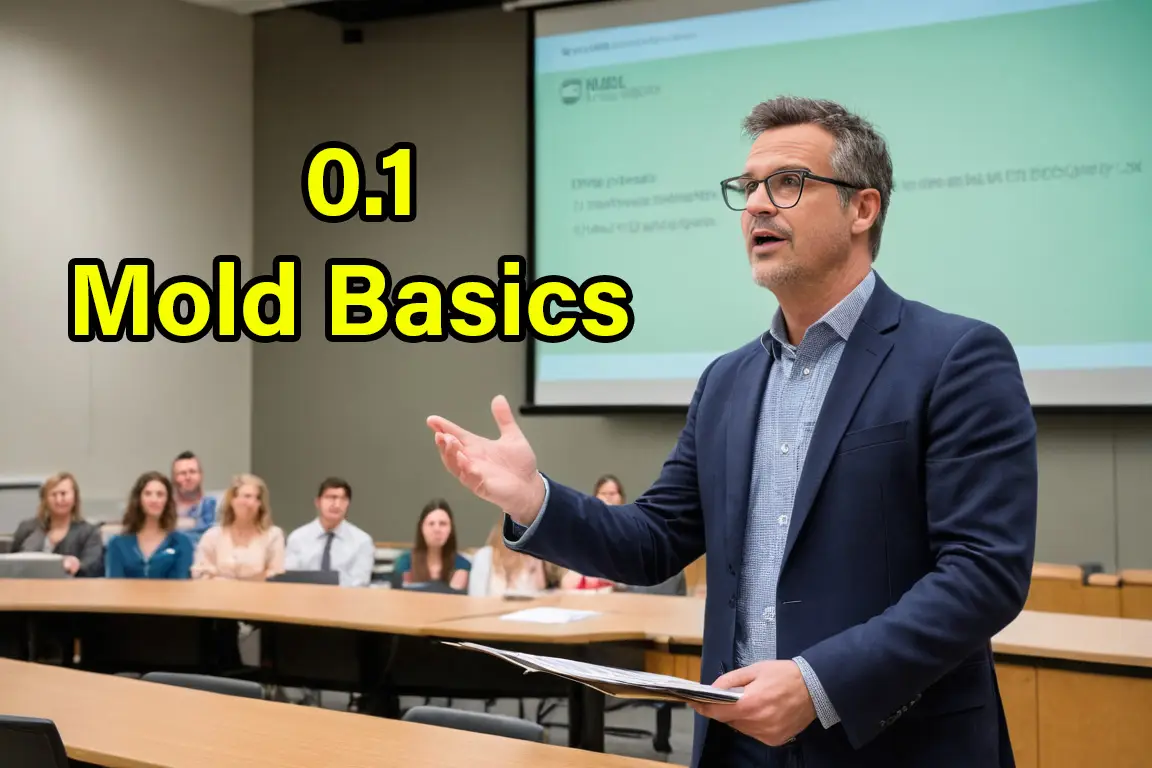Myth: Painting Over Mold Solves the Problem
The Myth: Some believe that painting over mold will stop it, but paint only hides the problem—mold will continue to grow beneath if moisture remains.
Painting over mold is a temporary cover-up, not a solution. While mold-resistant or antimicrobial paints may slow mold growth, they do not kill existing mold or address the underlying moisture issue. If mold is painted over, it will continue to spread beneath the surface, eventually causing the paint to bubble, peel, or discolor.
Mold feeds on organic materials in drywall, wood, and other surfaces. When sealed under paint, it still has access to moisture and nutrients, allowing it to grow out of sight and potentially release airborne spores. This can lead to worse indoor air quality and hidden structural damage over time.
Proper mold remediation requires removing the mold first, not just covering it. This means:
• Cleaning the area with appropriate mold removal products
• Replacing contaminated materials if necessary
• Addressing moisture sources like leaks or humidity issues before repainting
Painting should only be done after mold is fully removed and the area is dry. Otherwise, it’s just a cosmetic fix that will fail in the long run. Understanding this helps homeowners take the right steps for a permanent solution instead of a quick but ineffective cover-up.

